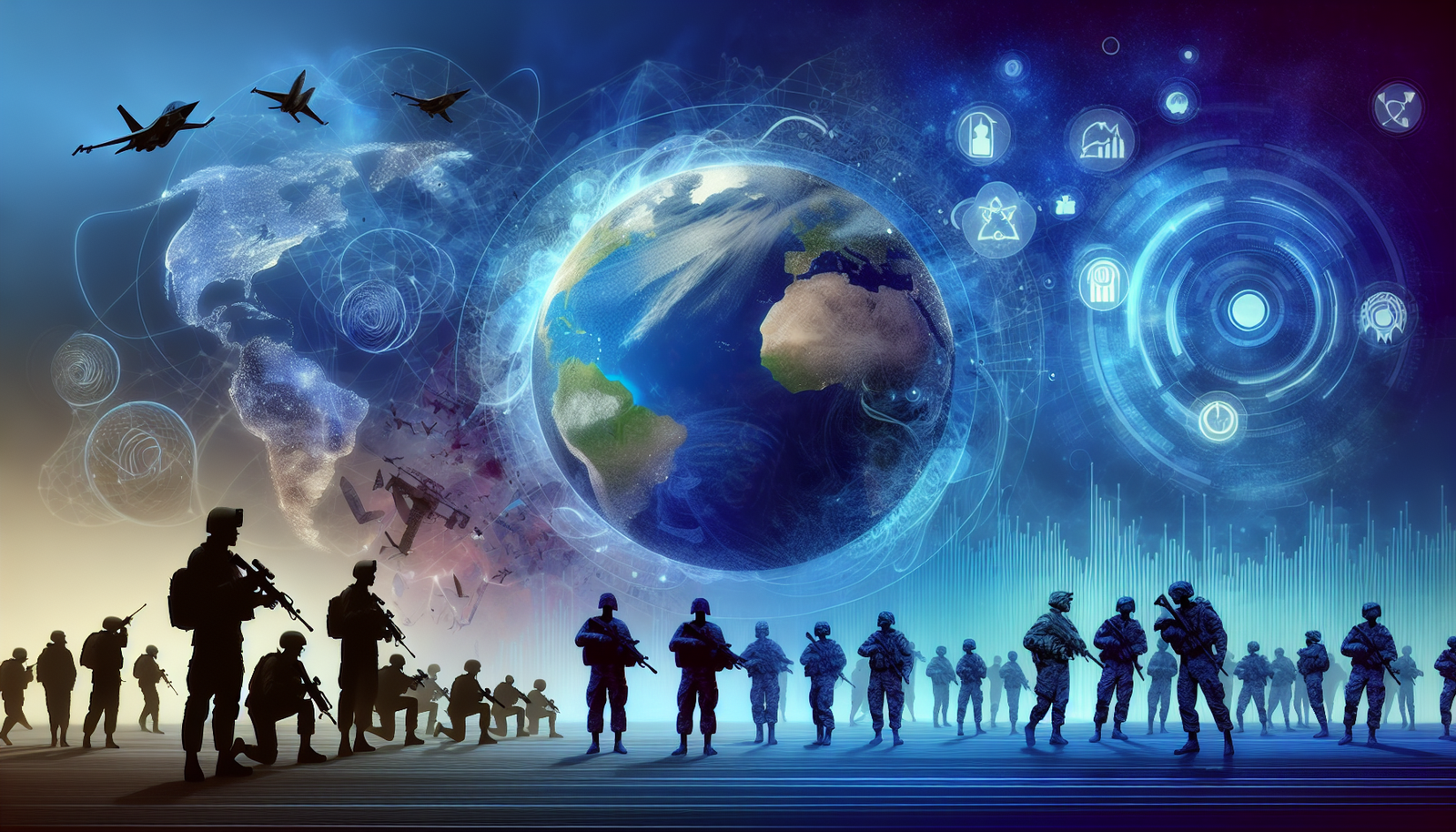The challenges related to climate change and the resurgence of armed conflicts on a global scale require an immediate response. The emergence of artificial intelligence amplifies this need for collective action. In the face of humanity undergoing disruptions, the union of forces is crucial to address these interconnected crises. Time is of the essence; inaction leads to irreversible consequences. The challenge lies in our ability to ensure security while preserving climate balance. International collaboration becomes imperative, both to anticipate and safeguard our common future.
The climate issues and their geopolitical consequences
Climate change presents an unprecedented challenge, causing alarming environmental upheavals. Recent UN reports highlight eight major risks, including the resurgence of ancient microbes and the outbreak of armed conflicts. Historically vulnerable regions, such as the Horn of Africa, are already experiencing devastating consequences, disrupting their stability and exacerbating internal tensions.
Changes in Earth’s physiology inevitably influence the geopolitical landscape. The depletion of resources, accelerated by extreme climate events, fuels sociopolitical crises. Fragile governments face erosion of their governance capacity, increasing the risk of unforeseen conflicts and instability. Central and West Africa, the Middle East, and other regions are now hotspots of concern, where tensions crystallize due to the struggle for increasingly precious resources.
The implications of artificial intelligence in the climate context
The emergence of artificial intelligence represents a major pivot in managing contemporary crises. AI, while offering innovative solutions, also raises ethical dilemmas. Decision-making interventions based on algorithms require careful oversight to prevent potential drifts. The applications of AI in environmental monitoring and disaster management could provide adequate responses to the climate emergency, but the question remains: who controls these technologies?
Climate factors increasingly influence the nature of conflicts, necessitating an adaptation of our defensive strategies. The French army, for example, is considering a profound transformation of its methods. In a multifaceted context, collaboration between humans and automated systems becomes essential to ensure effective defense. This reinvention aims to respond to emerging challenges while ensuring the safety of citizens.
The warning signals and the urgency of collective mobilization
International organizations, as well as think tanks, advise increased vigilance in the face of these dynamics. The need to anticipate and react together is felt, as crises related to safety and public health are accompanied by worsening inequalities and increasing human suffering. Climate change acts as a conflict multiplier, exacerbating the vulnerabilities of populations already in fragile situations.
Researchers and political actors are called to work together to develop sustainable solutions. One possible avenue lies in the establishment of common policies that combine climate adaptation and resource security. Strengthening local resilience capacities is a priority to ensure peaceful coexistence.
The challenge of the international agreement in the face of current crises
Intergovernmental meetings must refocus on integrating climate issues into global security agendas. The AFD report on African Economy 2025 advocates for harmony between development, environment, and security. Adopting a collaborative vision in managing natural resources could limit tensions and contribute to building a more serene future.
Long-term strategies must also include preventive measures to anticipate health and humanitarian crises caused by environmental changes. The resilience of food systems and essential infrastructures is vital to prevent conflicts over access. Political leaders must simplify approaches by avoiding traditional divisions and fostering constructive dialogue.
Questions and answers
What are the main impacts of climate change on armed conflicts?
Climate change exacerbates geopolitical tensions by increasing the scarcity of resources, such as water and arable land, which can lead to conflicts. Vulnerable regions, already marked by ethnic or political tensions, are particularly affected.
How does the emergence of artificial intelligence influence crisis management related to climate?
Artificial intelligence allows for the analysis of massive data to anticipate the effects of climate change and predict conflict risks. AI tools can also improve response in the event of a natural disaster.
Why is international cooperation essential in the face of climate issues and conflicts?
International cooperation is crucial for sharing resources, technologies, and knowledge, as well as developing common strategies to prevent conflicts and effectively manage the impacts of climate change.
What concrete actions can be taken to mitigate climate-related conflicts?
Actions include promoting environmental diplomacy, sustainable development, integrated management of natural resources, and implementing international agreements to regulate shared resources between nations.
How can governments integrate AI into their climate strategies?
Governments can integrate AI by using it to model climate scenarios, optimize resource management, and improve real-time decision-making during environmental crises.
What roles can citizens play in the face of climate issues and military tensions?
Citizens can engage in local sustainability initiatives, participate in community forums, and use their voices to advocate for environmental policies. Education and awareness are also essential.
What are the social consequences of armed conflicts fueled by climate change?
Consequences include massive population displacements, increased poverty, degradation of infrastructure, and negative impacts on public health and access to education.
Can artificial intelligence technologies create new security challenges related to conflicts?
Yes, AI can facilitate cybersecurity and the automation of weapons, raising ethical and security questions. This requires strict regulation to avoid unforeseen escalations in conflicts.
What innovative solutions can be implemented to prevent conflicts related to natural resources?
Solutions include creating collaborative governance systems for resources, using advanced irrigation technologies, and reforestation projects to restore damaged ecosystems.
How do international organizations address the intersections between climate change and conflicts?
International organizations work to integrate climate issues into their peace missions, adapt their intervention strategies, and strengthen the resilience of vulnerable communities to prevent future conflicts.






